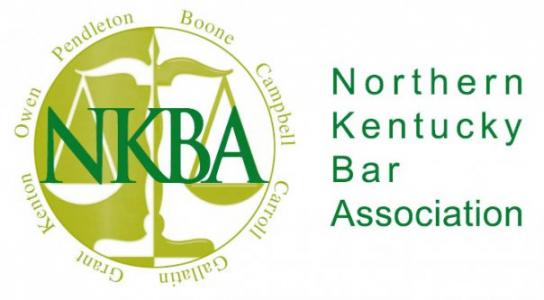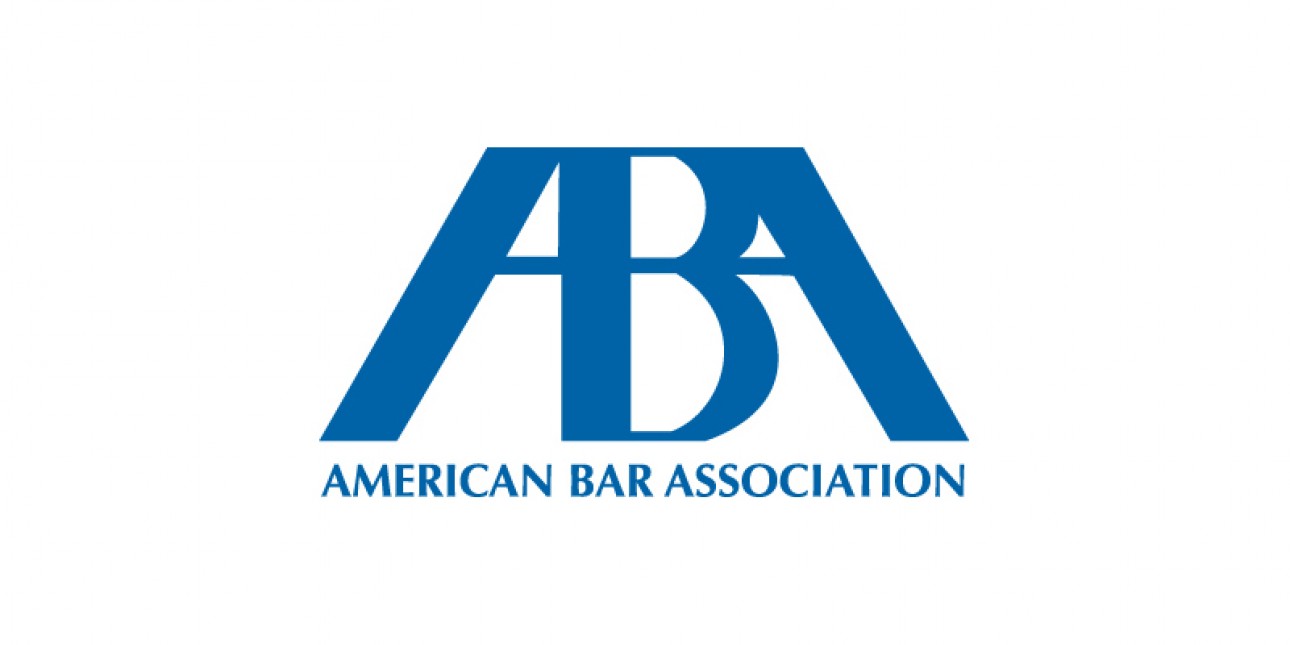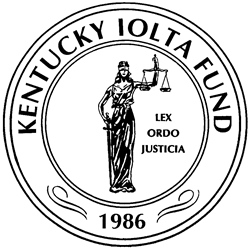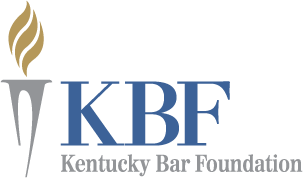Blog
Can the New "Families First Coronavirus Response Act" Help Your Family?

As of April 1, 2020, the Families First Coronavirus Response Act (“FFCRA”) will be the law of the land. This legislation provides emergency paid leave to families whose abilities to work are impacted by COVID-19. The Act is scheduled to expire on December 31, 2020, unless extended by Congress. O'Hara, Taylor, Sloan, Cassidy, Beck, PLLC feels it is important to explain two important sections within the FFCRA that may provide some relief during the stressful situation created by this outbreak.
Broadly speaking, the FFCRA applies to private employers with less than 500 employees, as well as public employers, including federal and state governments, political subdivisions, and schools. This legislation is particularly aimed at providing relief to employees of smaller entities. This law covers all employees, including full time, part time, temporary and seasonal hires who are unable to work or telework due to COVID-19. However, health care and first responders are excluded from FFCRA coverage. In addition, employers with fewer than 50 employees can apply to the Department of Labor for an exemption from having to provide these additional benefits to its employees. However, this exemption may be available to such an employer only if it can show that providing these additional benefits would jeopardize their business. Absent such an exemption, these small employers must provide these additional benefits to their employees.
Emergency Paid Sick Leave ("E-PSL")
First, FFCRA contains a section which provides Emergency Paid Sick Leave (“E-PSL”). Should you meet the prerequisites for E-PSL leave, you will receive 80 hours of paid sick leave, and employees become eligible for this leave on the first day of their employment. Your rate of pay will be based on the reason needed for the sick leave and is subject to certain payment caps. Your employer cannot force you to use other available leave before using your E-PSL leave.
You may be eligible for E-PSL if you can satisfy any one of the six reasons for requesting leave:
- The employee is subject to a quarantine or isolation order related to COVID-19;
- The employee was advised by (a/their) health care provider to self-quarantine because of COVID-19;
- The employee is experiencing symptoms of COVID-19 and is seeking a medical diagnosis;
- The employee is caring for an individual subject or advised to quarantine or isolate due to COVID-19 precautions;
- The employee is caring for a son or daughter whose school or place of care is closed, or childcare provider is unavailable, due to COVID-19 precautions; or
- The employee is experiencing substantially similar conditions to the COVID-19 conditions specified by the Secretary of Health and Human Services, in consultation with the Secretaries of Labor and Treasury.
If your request for E-PSL is due to conditions 1, 2, or 3, you should receive your regular rate of pay, subject to certain caps. If your request for E-PSL is due to conditions 4, 5, or 6, you should receive 2/3 the rate of your normal pay. There are additional nuances within this section of the FFCRA that our professionals would be happy to discuss as they apply to your individual situation.
Emergency Family and Medical Leave Expansion Act (E-FMLA)
The second important section of the FFCRA provides Emergency Family Medical Leave. Unlike traditional FMLA eligibility rules, employees are eligible for E-FMLA after they have been employed for 30 calendar days. Should you meet the prerequisites for E-FMLA, you may receive up to 12 weeks of leave.
While E-PSL has six options for eligibility, E-FMLA offers only one: An employee may take leave for a “qualifying need related to a public health emergency.” The “qualifying need” must be that the employee is unable to work or telework to care for a minor child if the child’s school or place of childcare has been closed or is unavailable due a public health emergency. Although there are no published regulations, the Department of Labor has issued guidance regarding the type and amount documentation needed to prove the qualifying need.
While E-FMLA may give 12 weeks of leave, the first 80 hours are unpaid. However, the employee will likely qualify for E-PSL, which would provide income for this initial two-week gap of income. The remaining 10 weeks of E-FMLA are paid out at 2/3 of the employee’s regular rate of pay, subject to certain caps. Like regular FMLA, E-FMLA also allows for job protection, so should you take leave under E-FMLA, your employer must restore you to the same or an equivalent position upon your return. There are, of course, other nuances to E-FMLA, and our attorneys are ready to advise you as to your specific situation.
Miscellaneous FFCRA
The FFCRA and its E-PSL and E-FMLA provisions do not take effect until April 1, 2020, and the law does not apply retroactively. This means that any leave that you have used thus far is not subject to FFCRA protections. Further, the FFCRA is separate and apart from any state or local protections. If you are still working on site at your workplace, be aware that your employer is required to post notices of the FFCRA in the workplace.
The overall impact of COVID-19 is unclear, nevertheless, you should feel secure knowing that O'Hara, Taylor, Sloan, Cassidy, Beck, PLLC will always work to protect your workplace rights. Should you have questions regarding the effects of COVID-19 and your employment, call us today. In the meantime, take care to follow CDC guidelines and practice social distancing. As always, the attorneys of OTSC continue to be available for your legal needs and extend our thoughts to our community during this time.







